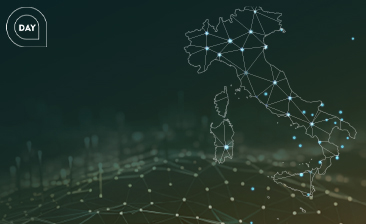
Acea for World Energy Saving Day
According to tradition, the Basilica of Santa Maria in Trastevere that was founded by Pope Callixtus I in the 3rd century and then was completed by San Giulio I in the year 340, is believed to be the first official place of Christian worship in Rome. The church overlooks the magnificent square of Santa Maria in Trastevere, that is the core place of one of Rome's most important districts.
The story says that this basilica was built on the place in which some oil flowed, symbolizing the grace of Christ. The architectural evolution of the church can be traced from the 13th to the 19th century. The latest intervention, carried out by architect Virginio Vespignani from 1866 to 1877, contributed significantly to the current architectural splendor of the structure.
We can still admire the Romanesque structure of the Basilica of Santa Maria in Trastevere, which dates back to the 12th century, under the pontificate of Innocent II. The church, built with spolia from the Baths of Caracalla, was enhanced through the incorporation of a transept and a new apse, adorned with mosaics by Pietro Cavallini, depicting the “Life of the Virgin”. On the other hand, the Romanesque bell tower of the Basilica of Santa Maria in Trastevere, was built during the pontificate of Eugene III, the successor of Innocent II.
The Basilica's architectural plan exhibits a Latin cross structure, comprising a central nave and two side naves. These are separated by 22 columns decorated with Ionic and Corinthian capitals that probably proceeded from the Baths of Caracalla. The side chapels, which complete the structure, are of particular note. The Altemps Chapel, decorated in Baroque style, houses the painting of the Madonna della Clemenza, one of the oldest existing Marian icons from the medieval period. The Basilica of Santa Maria in Trastevere guards numerous treasures, one example is the big wooden polychrome crucifix, which is among the oldest in Rome.
The light that filters through the high windows of the Basilica of Santa Maria in Trastevere accentuates both the magnificence of the gilded coffered ceiling designed by Domenichino during the Baroque period, and the red and green marble inlays of the mesmerizing Cosmatesque floor. The apse is enriched by the 13th-century mosaics depicting the Madonna by Pietro Cavallini and, in the lower band, by the frescoes by Agostino Ciampelli.
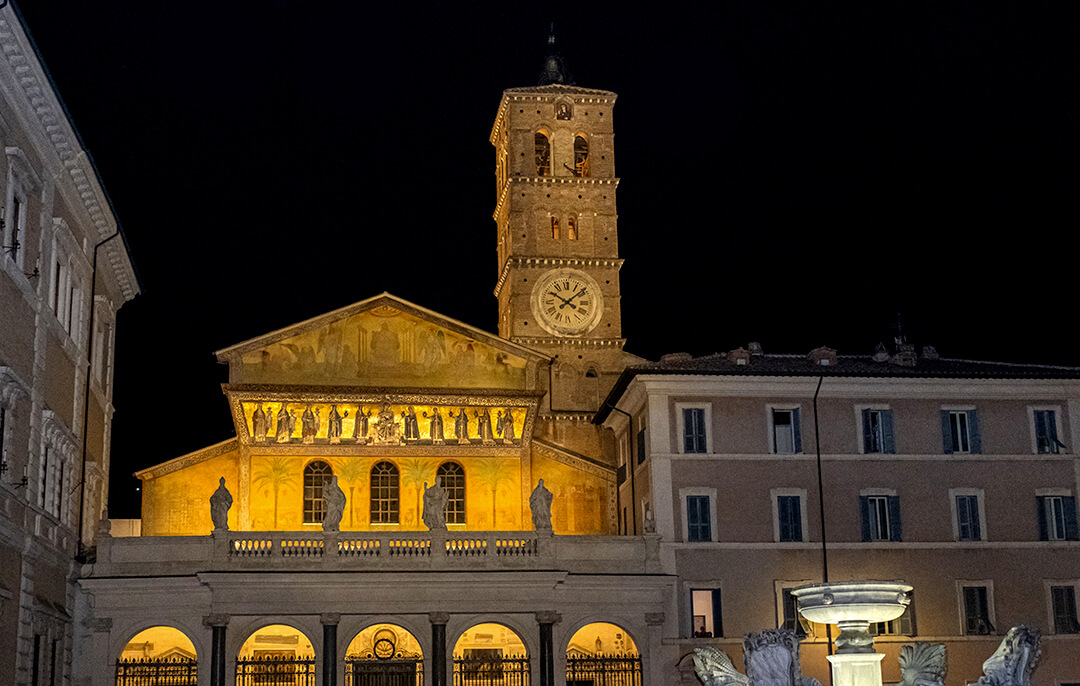
The project, carried out by Acea after the restoration of the Basilica of Santa Maria in Trastevere, was born thanks to the collaboration between Roma Capitale and Simu (infrastructure development and urban maintenance) Department. 51 cutting-edge LED projectors have been placed to enhance the architectural profile of the façade, the covered walkway, the precious mosaics, and the bell tower, which was illuminated on all sides for the first time. The hue of the light, warm and with a high chromaticity, has been designed to perfectly merge with the atmosphere of the historic district of Trastevere.
The lighting system is equipped with a sophisticated digital control system that allows to control each light point via a Bluetooth Wi-Fi network, with the intensity of each light being measured. An innovative pole, designed by Acea, supports 9 light points that head towards the façade and the bell tower. In this way the visual impact of the lights within the artistic context of the square is reduced.
The intervention, carried out by Acea's technicians in accordance with the directives of the Special Superintendence of Rome and the Capitoline Superintendence, with the collaboration of the University of Roma Tre and the Community of Sant'Egidio, ensures full nighttime visibility of the Basilica. By combining artistic sensibility with technology, it contributes to the redevelopment of the front square of Santa Maria in Trastevere and one of the most celebrated urban spaces of the Capital.
51 cutting-edge LED projectors
9 light points on the façade and bell tower
The most striking feature of the facade of the church of Santa Maria in Trastevere is undoubtedly the mosaic on a gilded background on the façade, which dates back to the 12th and 13th centuries. It depicts Mary on a throne breastfeeding the Child, joined by saints holding lamps.
The apsal mosaic of Santa Maria in Trastevere, dates back to 1100 and was created by a team of mosaicists. It has an impressive visual impact and represents one of the last examples of Byzantine art. The frame, with phytomorphic motifs, embeds the figures of the Virgin Mary, Jesus, and the saints and popes buried in the Basilica.
The mosaics located beneath the arch were created by Pietro Cavallini and date to 1200. They depict various scenes from Mary’s life: the birth of the Virgin, the Annunciation, the Nativity, the Adoration of the Magi, the Presentation in the Temple, and the death of Mary. The patron, the cardinal Bartolomeo Stefaneschi, adds a seventh scene in which he offers the mosaics to the Virgin. The mosaics of Pietro Cavallini in the church of Santa Maria in Trastevere are a masterpiece of the Italian art of the 13th century. They are a turning point in the Roman mosaic art, because they overcome the Byzantine characteristics in order to use new styles. Giotto and Cavallini played a pivotal role in this innovative period.
Discover the latest news and initiatives of the Acea Group

Acea for World Energy Saving Day
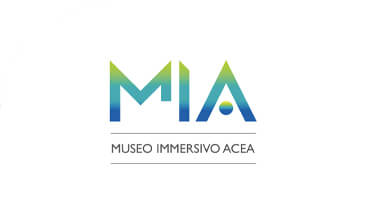
Visit the virtual museum about the history of the Acea Group
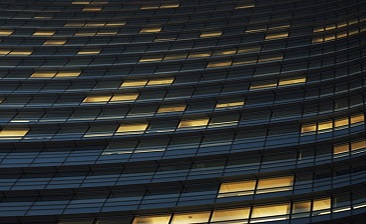
The channel for the commercial requests on land urbanisation
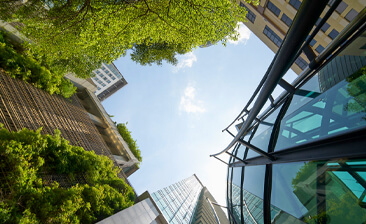
Acea turns the spotlight on the Rome Film Festival 2023

Acea is in the "Gold class" in the .trust research

Read more about our culture of inclusiveness